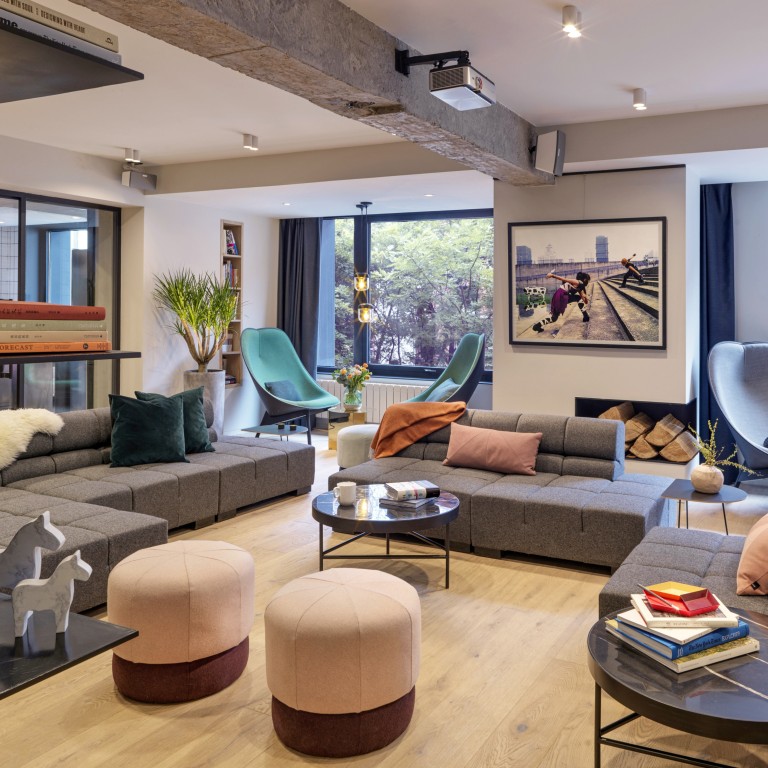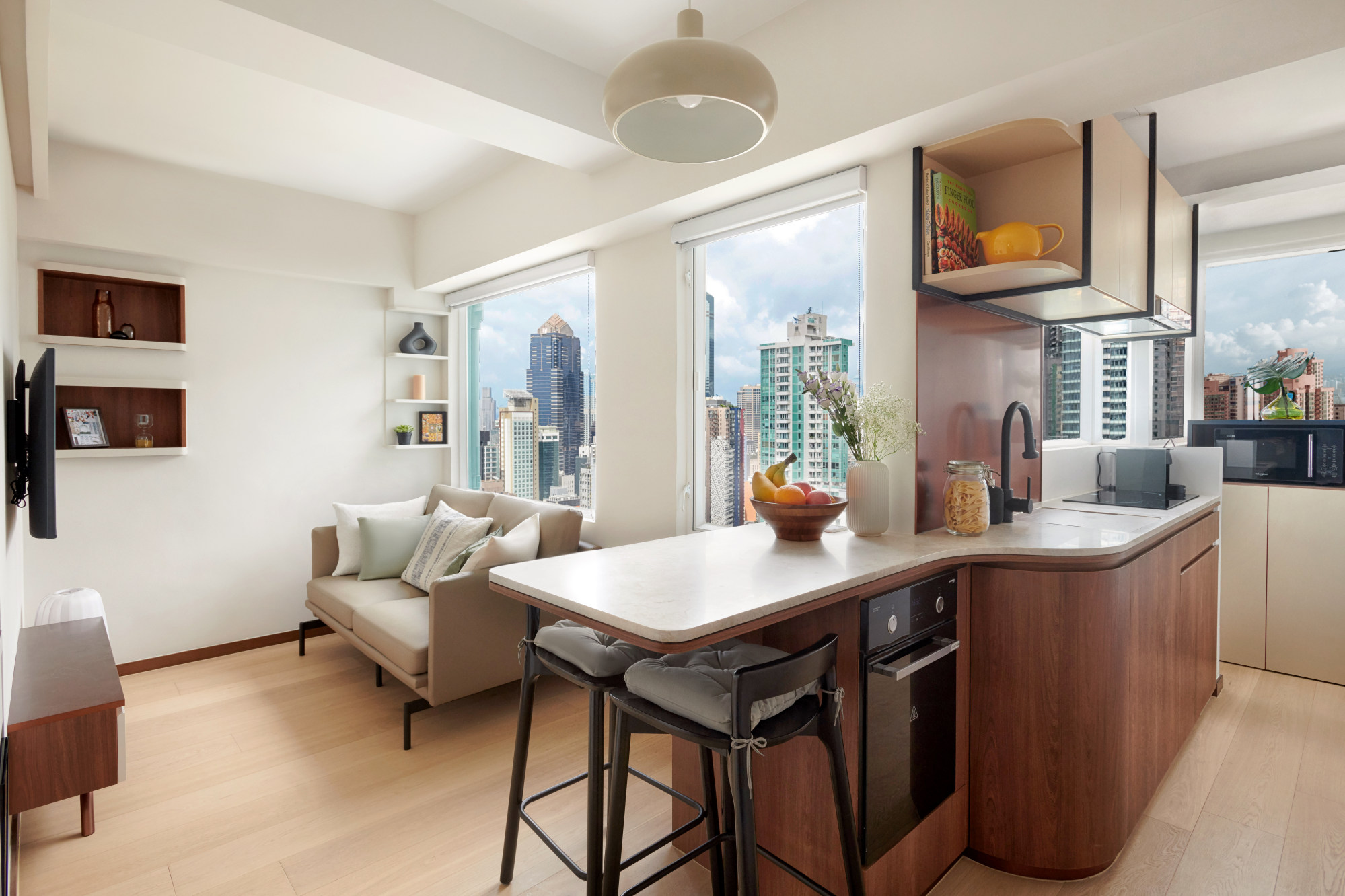Are co-living spaces making a comeback in Hong Kong? The millennial property trend hits China as young professionals seek flexible short-stays and communal lifestyles

Co-living, in its modern-day incarnation, promised much: affordable housing in prime urban locations, sharing costs and facilities with a cohort of like-minded neighbours.
In the last decade, numerous start-ups have attempted to tap this trend, not all successfully.
However, with the benefit of hindsight, brands are adapting to shifting social dynamics and are bringing to market a more sophisticated model closer to what they believe users want.
Daniel Mok, senior director, capital markets, CBRE Hong Kong, says this change has been quite recent.

“Now that the operators know more about their target audience and what they are looking for, as well as how much people are willing to spend, operators can expand their portfolios and synergy of their brands by acquiring or occupying assets to provide more services and, most importantly, more community services to the tenants,” he said.

Weave Living had earlier acquired the site, a 24-storey former residential tower on Hospital Road, with CBRE handling the transaction. Mok said Weave Living is expanding its portfolio “in a way that the offering can be tailored to the needs of each tenant, from young professionals with a comparatively high-income level to those who are looking for a space in a community which they can call their own”.
Sachin Doshi, founder and CEO of Weave, says his concept is based on lived experience.
“Now with three product lines – co-living studios, serviced flats and self-contained residences – we cater for the different needs of modern city dwellers that provide a high-quality, diverse rental solution to a broader demographic of urbanites,” added Doshi.
Each Weave property is designed and positioned differently, but all embrace the cultural nuances of their local communities.
“Weave Studios target mainly younger individuals and career starters, plus those of any age who are new to the city and looking for an energetic communal living style,” he said.

“Our newly launched Weave Residences meet the needs of city dwellers at different stages of their lives, offering modern chic design and professional property management.”
Meanwhile, in the mainland, the Stey brand is filling a social need with three co-living properties in Beijing, and plans for expansion across China.
Launched in 2019, Stey is the idea of Swedish entrepreneur Jesper Jos Olsson, founding partner and group CEO of White Peak, the largest European residential developer working in China with more than 15,000 flats in 10 cities. Conceived as a way to make urban life affordable and sustainable for young people, Stey operates a mix of long-stay serviced flats, hotels and digitally enabled re-rent short-stays.
Through our unique re-rent model, we have created the first true example of sharing economy in the long-stay flat business globally
Olsson said Stey invented its proprietary re-rent model so that long-stay tenants could rent out their units while travelling. These rooms would then be converted to rooms for hotel guests, adding to the affordability quotient.
“Through our unique re-rent model, we have created the first true example of sharing economy in the long-stay flat business globally,” he said.
The co-living sector is becoming more sophisticated as operators glean feedback from customers and fine-tune accordingly, Olsson continued. In Stey’s case, this means doubling down on its community and affordability efforts, both important to the younger generation.
Stey strives for a diverse mix of residents. “They bring lots of shared learning to the community,” Olsson explains. “Some 32 per cent of our residents do not come from Greater China, while 73 per cent prefer English as our app interface language.”

To build a sense of belonging, events are organised for people to mix and mingle, while the social features on Stey’s app enable them to connect online. The average stay varies from a few days, to six to 18 months.
On why the Stey brand and its particular model meets a need in Chinese cities, Olsson replied: “The mission of Stey is to help young people address these challenges of urban living – including a chronic housing shortage. We achieve this through sustainable design with an optimised balance between shared and private space; digitalisation of both front-end customer experience and the back-end property management system in order to streamline operations and minimise costs; and lastly, relentless community efforts to build social bonding among residents.”
The brand is committed to expansion, he continued.
“Having focused on building the digital backbone of our asset operations, now we are ready to expand quickly into other tier-one and -1.5 cities in China.
“We are also very open-minded when it comes to partnerships, so we do not eliminate opportunities outside these markets if they’re in line with our values.”

- Co-living is growing into a property asset class alongside hotels, offices and student housing, especially in expensive global cities with plenty of expats
- Hong Kong’s Weave Living has pet-friendly features, while the Stey brand in Beijing and across China offers a re-rent model and social events for residents via an app